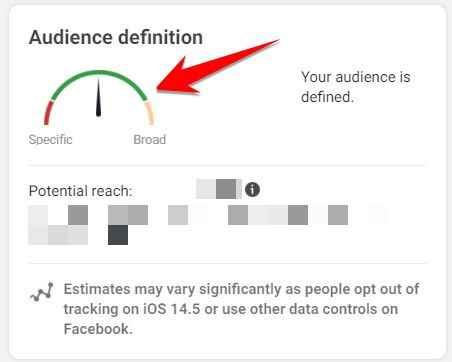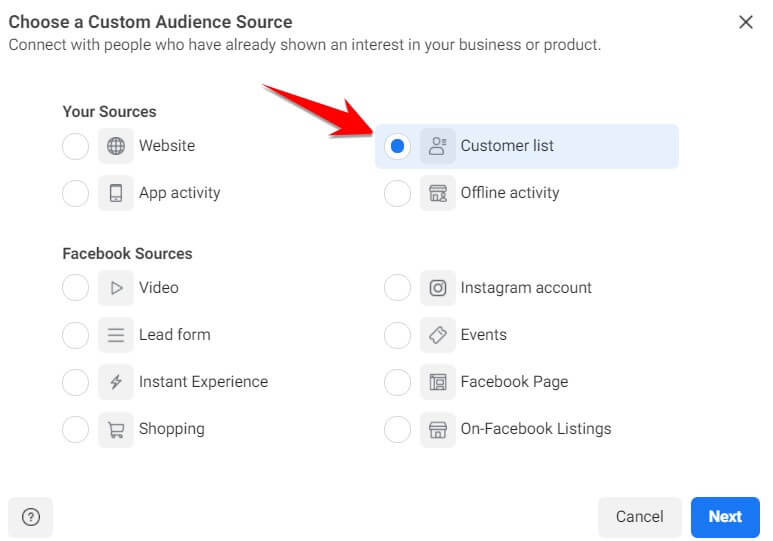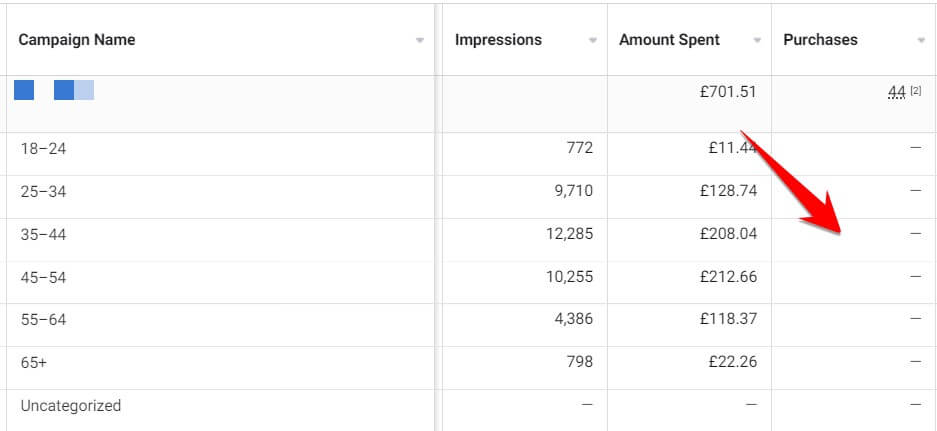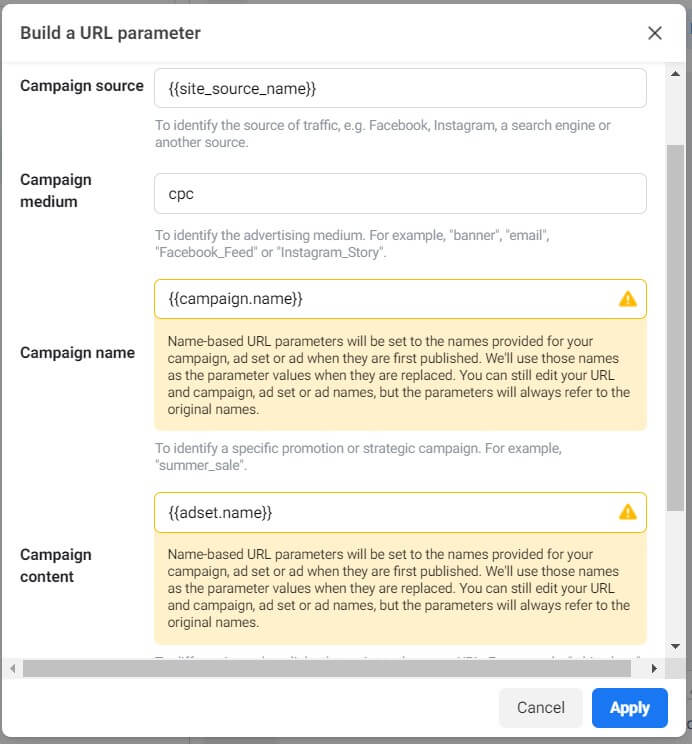What to do after the IOS 14.5 update
If you frequent yourself in the digital marketing space, you will have likely heard of the recent IOS 14.5 privacy update announced in April 2021. This update is Apple’s way of taking huge steps to champion privacy by giving users the ability to choose whether they want to be tracked or not. With 96% of users opting out of being tracked, it seems to be a popular update. However, for PPC advertisers, this means we will potentially have less data to optimise our PPC campaigns.
The update hits Facebook more than some other advertising platforms. This is because, on Google, the user shows an interest in your product or service by actively searching for a relevant keyword. On Facebook, the advertiser is more reliant on targeting the right interests and audience personas. It requires more data, and it’s the data that’s being taken away here with the IOS 14.5 privacy update.

If users are to benefit from free software and online tools, should the software owner have the right to track their users and monetise their data? Whichever side of the debate you sit on, the fact is the IOS 14.5 privacy update is here, and the Facebook advertising community needs to find ways to be impacted by the update as little as possible.
Adapting to change is an important part of being a successful digital marketer. We’ve had to do it in the past, we have to do it now, and we’ll have to do it in the future. In this blog, I’ll give six tips on things that Facebook marketers can do to minimise the impact of the IOS privacy update.
Tip one: Use interactions with Facebook and Instagram page in Retargeting campaign
A good starting point to paid Facebook advertising is to use a prospecting campaign to increase awareness of your product or service. Then you would retarget to users who have interacted with your website.
The IOS privacy update means Facebook has less data on its users. This means retargeting audience sizes for website visitors will be smaller
The Frequency rate is the average number of times that each user is served your ad. A high Frequency rate means your ads are not being served to many people. Instead, the ads are being served to the same pool of people multiple times. With fewer users to retarget to, there is a danger that your Frequency rate will increase to a point that is detrimental to the performance of your campaign.
To increase the number of users that are served your retargeting ads, you could also choose to target users who have interacted with your Facebook or Instagram pages. This should increase the size of your retargeting audience and stop your Frequency rate from increasing too much.
Tip two: Go more broad
At Pepper PPC Agency, we’ve always recommended advertisers think their target market is and use the targeting options available in Facebook to mirror their target market as closely as possible. This has always been a good starting point because Facebook has so much information on its users.
Now that Facebook has slightly less information on some IOS users, the performance of your account could suffer by being overly granular in your audience targeting. It may be better to target a slightly broader audience. This will give the Facebook algorithms more room to start testing and learning what audiences perform well for your business.
Keep an eye on the Audience Definition section when creating your campaign. As a general rule, you don’t want your audience to be too broad. As seen in the below image, the arrow shouldn’t be pointing to the yellow or red section. As long as your audience size doesn’t go into the yellow section, consider going more broad than you normally would.

Tip three: Install the Facebook conversion API
If you’re doing paid Facebook advertising, we recommend installing the Facebook pixel. It can greatly help improve the performance of your paid Facebook campaigns and, without it, you’re at a huge disadvantage.
In addition to the Facebook pixel, Facebook also allows advertisers to install the Facebook conversions API. This works with the Facebook pixel to maximise the data that Facebook can track on its users.
What’s the difference between the pixel and the conversions API? Well, The Facebook pixel is a browser side tool, whereas the conversions API is a server-side tool. The pixel tracks the user through their browser. However, cookie blockers can be installed that stop the pixel from being able to track the user.
The conversions API does not rely on cookies. It lets advertisers track users through their website’s server. It tracks server events and not browser events, which can be blocked.
Tip four: Upload CRM data
Use the information in your CRM to improve your audience targeting by uploading your CRM data into Facebook and creating a Lookalike audience.
You can upload information such as people who have purchased from you in the past, completed a lead, or have subscribed to your newsletter. The file that you upload needs to have at least one of the below main identifiers:
- Address
- Phone number
- Mobile advertiser ID
- Facebook app user ID
- Facebook Page user ID
- First name
- Surname
Facebook uses the main identifier information to identify the user account. The more information about the user that is uploaded, the higher the chances that Facebook find the user on Facebook.
Once you have uploaded this list to Facebook, a Lookalike list can be created and used in your paid Facebook campaigns.
To start uploading data from your CRM, click on Customer List when creating a new audience. Then follow the steps to start uploading your CRM data.

Tip five: Use Google Analytics data
As Facebook now has less data on its users, it no longer gives the conversion data broken down by segments like age, gender, and platform. You can still see basic data like impressions, clicks and amount spent. But you can’t see how many sales you got from each age group.
Not being able to see the performance of your campaigns by segments like age, gender, and placement makes it difficult to optimise your campaigns further.
As long as you add UTM tracking to your campaigns, you should see the transactions and goal completions that you’re getting from your Facebook campaigns within Google Analytics. UTM tracking your Facebook data means you can use all the data segmentation capabilities offered by Google Analytics to further optimise your Facebook advertising campaigns.
This includes age, gender, and location data within Google Analytics. Just bear in mind that Facebook tracks users differently to Google Analytics, so the segmentation data reported by Google Analytics won’t match up exactly with what you would have seen within the Facebook platform.

When adding UTM tracking, if you add the site source name within the in the Campaign source, you’ll be able to split your sales from Facebook and Instagram. Adding cpc in the campaign medium will allow you to segment between organic and paid Facebook traffic. Adding the campaign name into the Campaign name column and adset name into the Campaign content sections will allow you to see the performance by campaign and ad set within Google Analytics.

Tip six: Use external sources to monitor performance
There is a chance that the Facebook advertising platform will be under-reporting the sales, leads, or other conversions that you’re trying to obtain with Facebook advertising.
Make sure you cross-check the conversion figures with an external source. This could mean cross-checking the figures in Facebook with your CRM. For example, if Facebook is reporting a reduction in sales, but your CRM is reporting a sales increase, then this could be down to some paid Facebook sales not being reported.
Wrapping up
The vast amount of data that Facebook has on its users is one of the reasons why Facebook advertising has performed so well for so many businesses. With the new IOS privacy update, the amount of data that Facebook has on its users will take a hit, which could have a knock-on effect on advertising performance.
But online advertising has always been a fast-moving industry. Successful online marketers will find a way to work around any challenges they face and further grow advertising profits. Use these six tips to work around the recent IOS privacy update and keep your paid Facebook advertising performance on track.